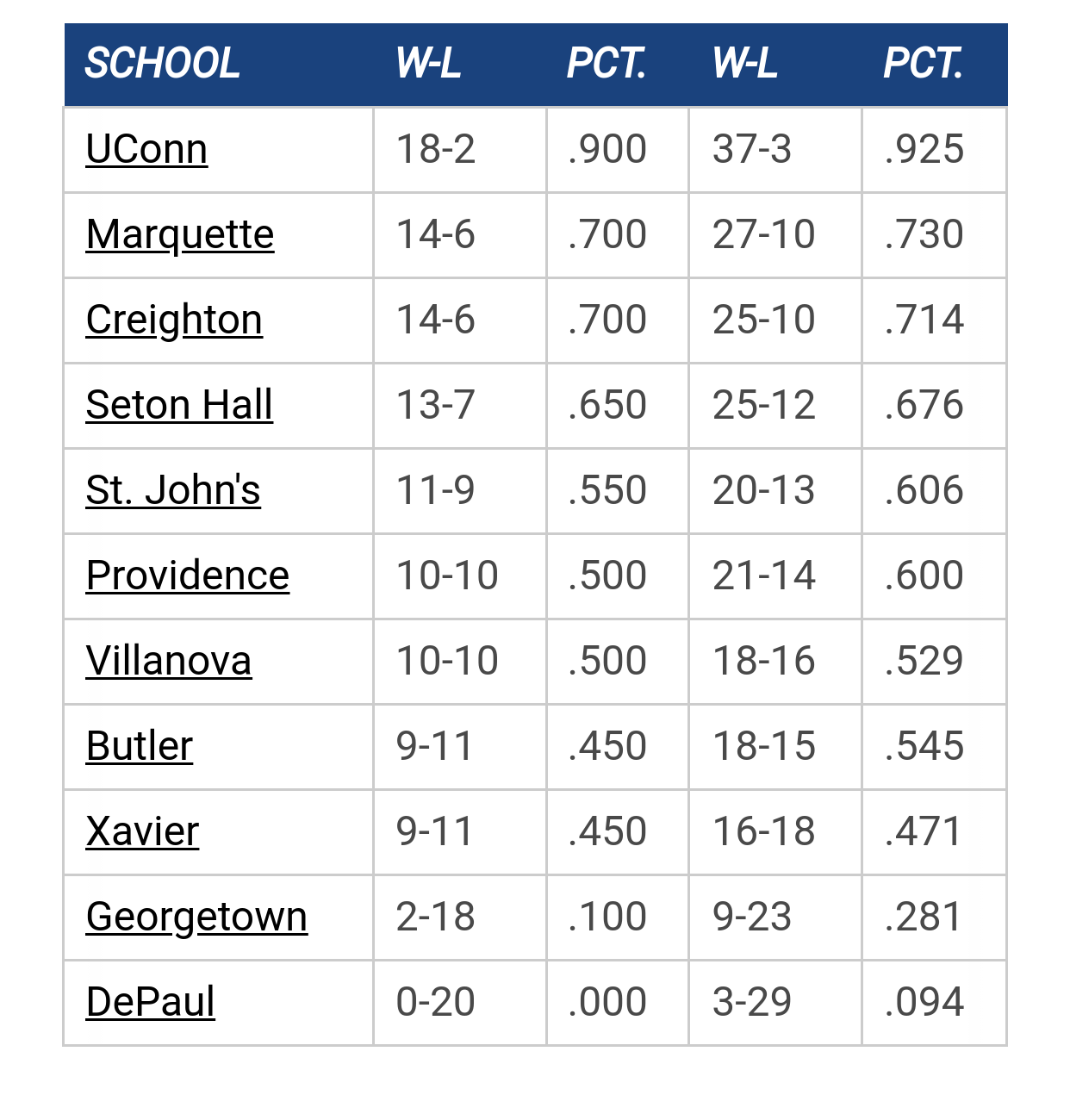- Welcome to MUScoop.
Ben Gold Post Game 12/30 by tower912
[Today at 05:31:30 AM]
A Collective Failure by willie warrior
[Today at 03:48:06 AM]
Marquette Team Rankings by Jay Bee
[Today at 03:16:18 AM]
The Altercation by onepost
[Today at 12:55:58 AM]
A loser's tax for Shaka? by 1SE
[Today at 12:33:51 AM]
MU/Hall Game Thread by rocky_warrior
[Today at 12:00:55 AM]
2025-26 Big East Conference TV Schedule by Mr. Nielsen
[December 30, 2025, 10:48:10 PM]
[Today at 05:31:30 AM]
A Collective Failure by willie warrior
[Today at 03:48:06 AM]
Marquette Team Rankings by Jay Bee
[Today at 03:16:18 AM]
The Altercation by onepost
[Today at 12:55:58 AM]
A loser's tax for Shaka? by 1SE
[Today at 12:33:51 AM]
MU/Hall Game Thread by rocky_warrior
[Today at 12:00:55 AM]
2025-26 Big East Conference TV Schedule by Mr. Nielsen
[December 30, 2025, 10:48:10 PM]
The absolute only thing required for this FREE registration is a valid e-mail address. We keep all your information confidential and will NEVER give or sell it to anyone else.
Login to get rid of this box (and ads) , or signup NOW!
UConn Date/Time: Jan 4, 2026, 1:00pm TV: NBC Schedule for 2025-26 |
||||||
User actions


